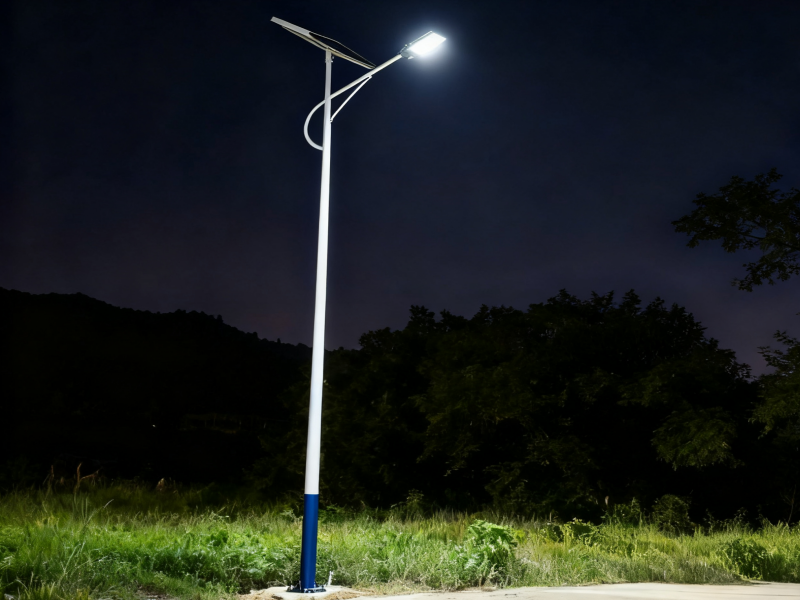LED street lights can be categorized into modular LED street lights and SMD LED street lights based on their light source. These two mainstream technical solutions each have distinct advantages due to their structural design differences. Let’s explore them today with LED light manufacturer Tianxiang.
Advantages Of Modular LED Street Lights
1. Modular LED street lights offer excellent heat dissipation and a long service life.
Modular LED street lights utilize a die-cast aluminum housing, which offers excellent heat dissipation, significantly improving heat dissipation. Furthermore, the LEDs inside the lamp are widely spaced and dispersed, reducing heat accumulation and facilitating heat dissipation. This improved heat dissipation results in greater stability and a longer service life.
2. Modular LED street lights offer a large light source area, uniform light output, and a wide illumination range.
Modular LED street lights can flexibly design the number of modules based on demand. By rationally allocating the number and spacing of modules, a larger dispersion surface is achieved, resulting in a larger light source area and more uniform light output.
Advantages of SMD LED Street Lights
SMD LEDs are made of an FPC circuit board, LED lamps, and high-quality silicone tubing. They are waterproof, safe, and conveniently powered by low-voltage DC power. They offer a variety of vibrant colors and are resistant to UV aging, yellowing, and high temperatures for outdoor use.
1. They utilize cold-emission light, rather than heat or discharge, resulting in a component lifespan approximately 50 to 100 times longer than a tungsten filament bulb, reaching approximately 100,000 hours.
2. They require no warm-up time, and their lighting response is faster than that of conventional incandescent lamps (approximately 3 to 400 nanoseconds).
3. They offer high electro-optical conversion efficiency and low power consumption, using approximately 1/3 to 1/20 the energy of conventional incandescent lamps.
4. They offer excellent shock resistance, high reliability, and low system operating costs.
5. They are easily compact, thin, and lightweight, offering unlimited shapes and adaptability to various applications. Common LED chip specifications and model numbers:
0603, 0805, 1210, 3528, and 5050 refer to the dimensions of surface-mount SMD LEDs. For example, 0603 refers to a length of 0.06 inches and a width of 0.03 inches. However, please note that 3528 and 5050 are in the metric system.
Below is a detailed explanation of these specifications:
0603: Converted to the metric system, this is 1608, indicating an LED component with a length of 1.6mm and a width of 0.8mm. This is referred to in the industry as 1608, and is known in the imperial system as 0603.
0805: Converted to the metric system, this is 2012, indicating an LED component with a length of 2.0mm and a width of 1.2mm. This is referred to in the industry as 2112, and is known in the imperial system as 0805.
1210: Converted to the metric system, this is 3528, indicating an LED component with a length of 3.5mm and a width of 2.8mm. The industry abbreviation is 3528, and the imperial designation is 1210.
3528: This is the metric designation, indicating that the LED component is 3.5mm long and 2.8mm wide. The industry abbreviation is 3528.
5050: This is the metric designation, indicating that the LED component is 5.0mm long and 5.0mm wide. The industry abbreviation is 5050.
If you have a better idea, please contact LED light manufacturer Tianxiang to discuss it!
Post time: Sep-10-2025





